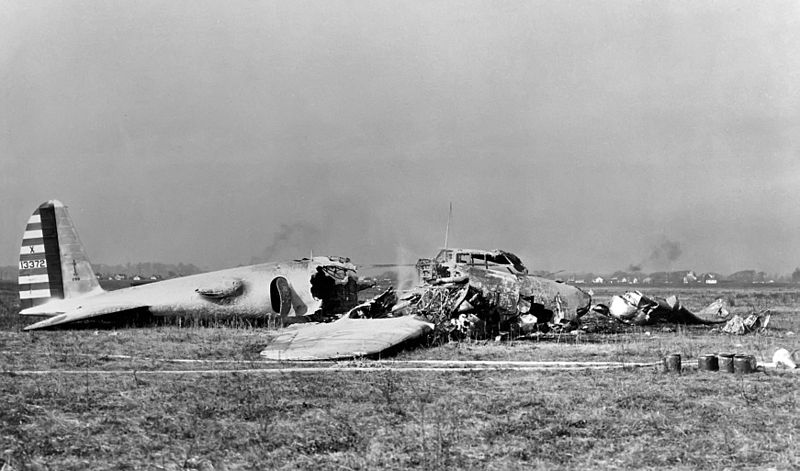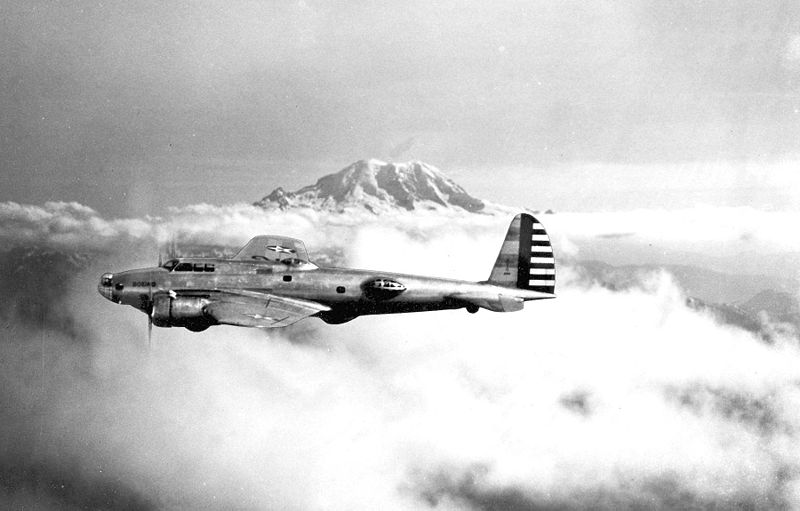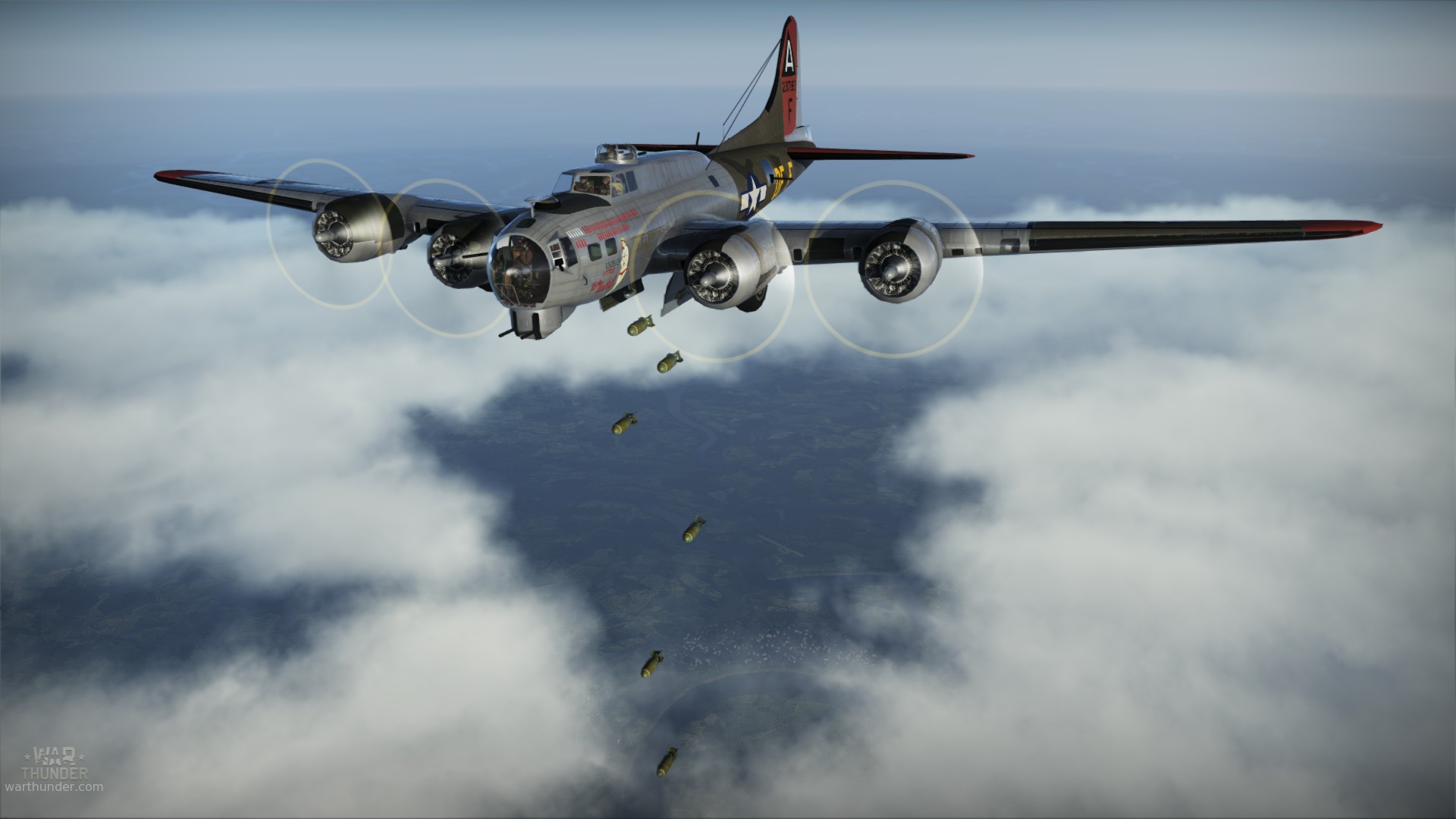
- For PC
- For MAC
- For Linux
- OS: Windows 10 (64 bit)
- Processor: Dual-Core 2.2 GHz
- Memory: 4GB
- Video Card: DirectX 11 level video card: AMD Radeon 77XX / NVIDIA GeForce GTX 660. The minimum supported resolution for the game is 720p.
- Network: Broadband Internet connection
- Hard Drive: 23.1 GB (Minimal client)
- OS: Windows 10/11 (64 bit)
- Processor: Intel Core i5 or Ryzen 5 3600 and better
- Memory: 16 GB and more
- Video Card: DirectX 11 level video card or higher and drivers: Nvidia GeForce 1060 and higher, Radeon RX 570 and higher
- Network: Broadband Internet connection
- Hard Drive: 75.9 GB (Full client)
- OS: Mac OS Big Sur 11.0 or newer
- Processor: Core i5, minimum 2.2GHz (Intel Xeon is not supported)
- Memory: 6 GB
- Video Card: Intel Iris Pro 5200 (Mac), or analog from AMD/Nvidia for Mac. Minimum supported resolution for the game is 720p with Metal support.
- Network: Broadband Internet connection
- Hard Drive: 22.1 GB (Minimal client)
- OS: Mac OS Big Sur 11.0 or newer
- Processor: Core i7 (Intel Xeon is not supported)
- Memory: 8 GB
- Video Card: Radeon Vega II or higher with Metal support.
- Network: Broadband Internet connection
- Hard Drive: 62.2 GB (Full client)
- OS: Most modern 64bit Linux distributions
- Processor: Dual-Core 2.4 GHz
- Memory: 4 GB
- Video Card: NVIDIA 660 with latest proprietary drivers (not older than 6 months) / similar AMD with latest proprietary drivers (not older than 6 months; the minimum supported resolution for the game is 720p) with Vulkan support.
- Network: Broadband Internet connection
- Hard Drive: 22.1 GB (Minimal client)
- OS: Ubuntu 20.04 64bit
- Processor: Intel Core i7
- Memory: 16 GB
- Video Card: NVIDIA 1060 with latest proprietary drivers (not older than 6 months) / similar AMD (Radeon RX 570) with latest proprietary drivers (not older than 6 months) with Vulkan support.
- Network: Broadband Internet connection
- Hard Drive: 62.2 GB (Full client)
B-17G-35-VE "Little Miss Mischief" skin by Wuax | download here
.jpg) |
Revolutionary thinking was afoot in the interwar United States; US Army Brigadier General ‘Billy’ Mitchell led a campaign to try to convince the military that air power was the future. Most famously, he tried to prove this with a series of demonstrations in 1921 and 1923 by bombing captured and obsolete battleships to prove their vulnerability. Whilst his crusade at times appeared to be a one man struggle and led to his court martial, his ideas took root.
In 1930 the Boeing Aircraft Company began work on two twin engine monoplane bombers – the Model 214 and Model 215. After the United States Army Air Corps took delivery of the Martin B-10 bomber in 1934, a Specification was issued calling for a bomber able to carry 2000 pounds of bombs over 1020 miles, and ideally up to 2200 miles, and all at over 200 mph. Answering this specification, Boeing began work on a new four engine bomber designated the Model 299.
 |
The pressure was on Boeing – after the Model 214 and 215 had failed to achieve a contract the company was in financial difficulty. The importance of the success of the Model 299 was stressed to every member of the team working on the project. Design work began in June 1934 with the team working under the leadership of Edward Curtis Wells and E. Gifford Emery. By mid July 1935 the Model 299 was ready to be introduced to the nation’s press. One journalist described the new aircraft as a ‘15-ton Flying Fortress’ and Boeing leapt on the chance to officially adopt the name.
Powered by four 750 horsepower Pratt and Whitney Hornet engines, the prototype first took to the skies on July 28th 1935. Flown by Les Tower, the maiden flight at Boeing Field was a success. On August 20th the prototype flew to Wright Field in Ohio at an average speed which was in excess of the maximum speeds of other companies’ twin engine designs which rivaled the Flying Fortress: 252 mph over 2100 miles. However, disaster struck on October 30th when the prototype climbed too steeply, stalled and then crashed straight after take off. The subsequent investigation revealed that the aircraft’s control locks had not been removed prior to flight.
 |
The winner of the USAAC’s official trial was the Douglas B-18, although enough potential was seen in Boeing’s Model 299 that 13 aircraft plus one additional airframe for static testing were ordered. The first Y1B-17 Fortress flew on December 2nd 1936, now powered by four 930 horsepower Wright Cyclone engines. Further testing proved most satisfactory. Boeing’s gamble had paid off. The B-17 Flying Fortress entered service with the 2nd Bombardment Group at Langley Field, Virginia and a true American legend had been born.
Mark “wafu_vasco” Barber




